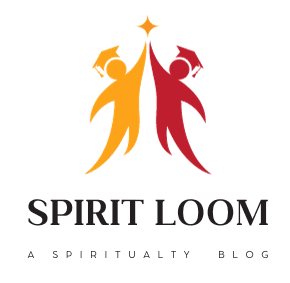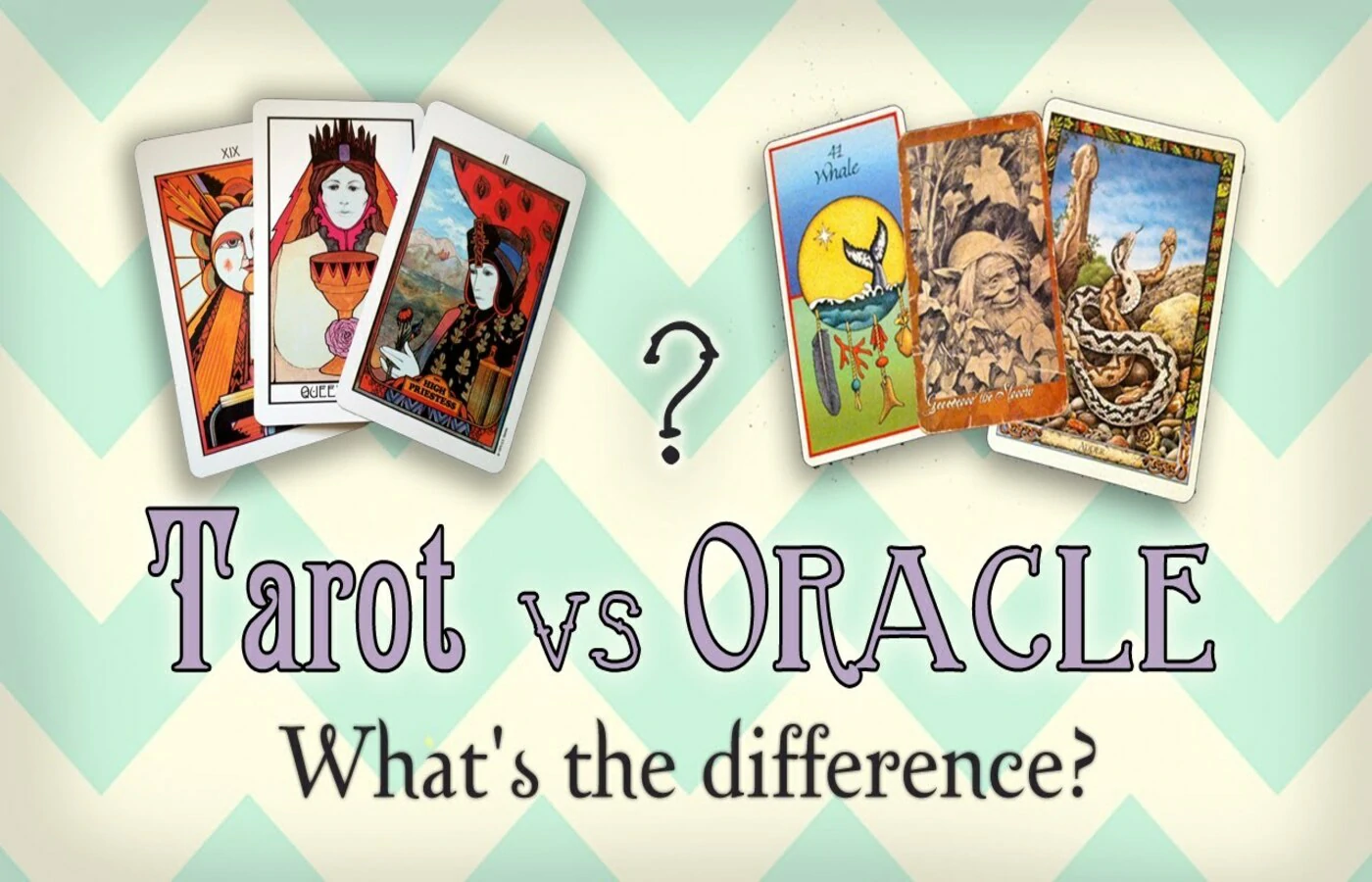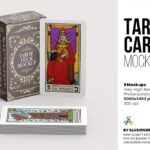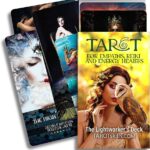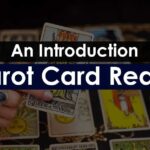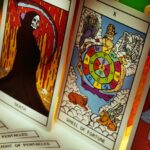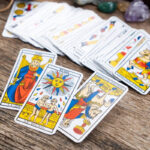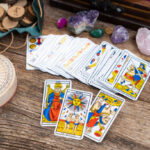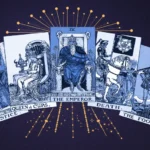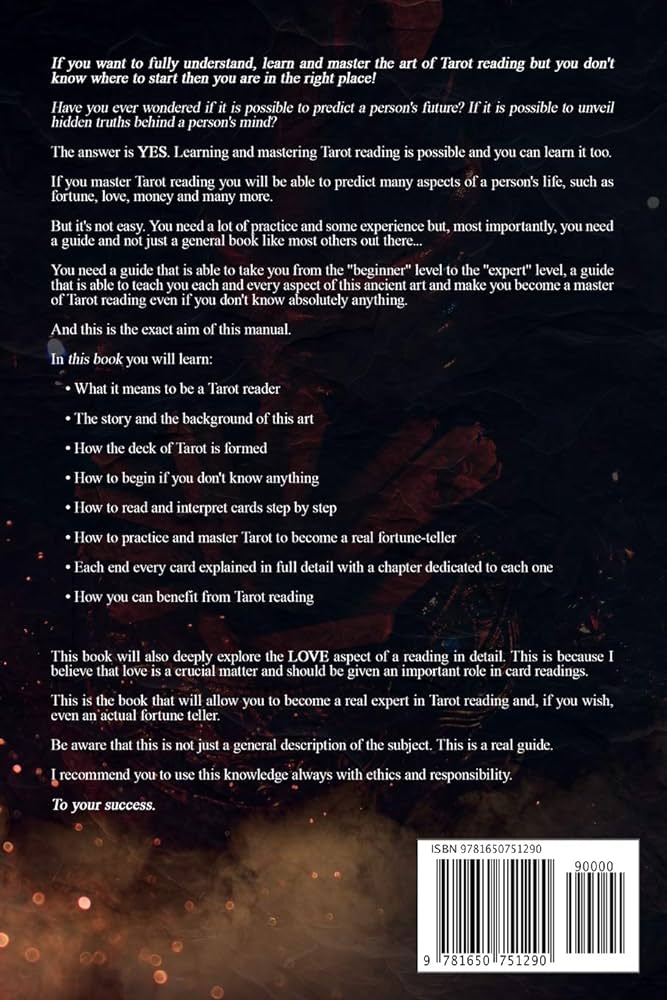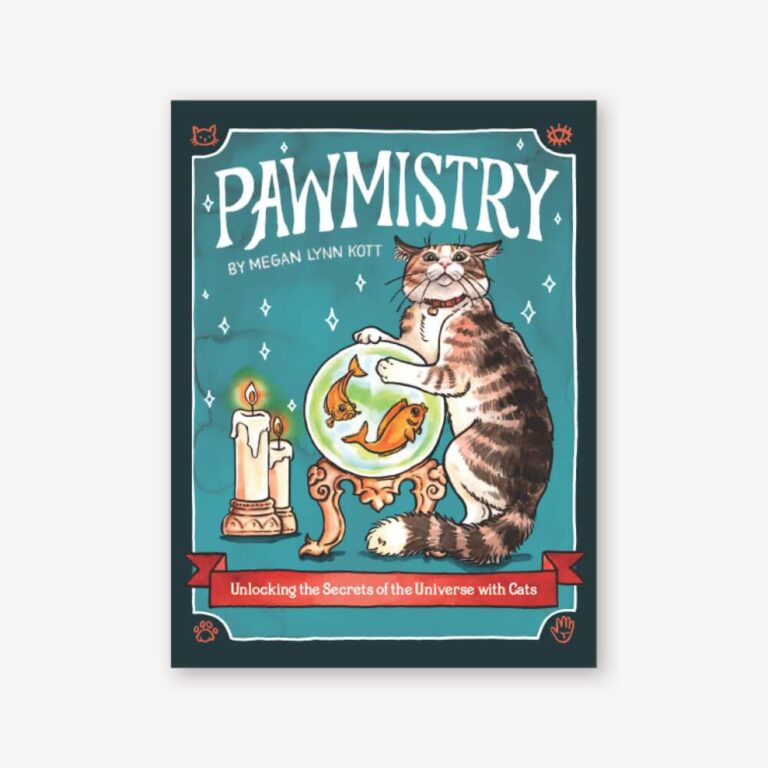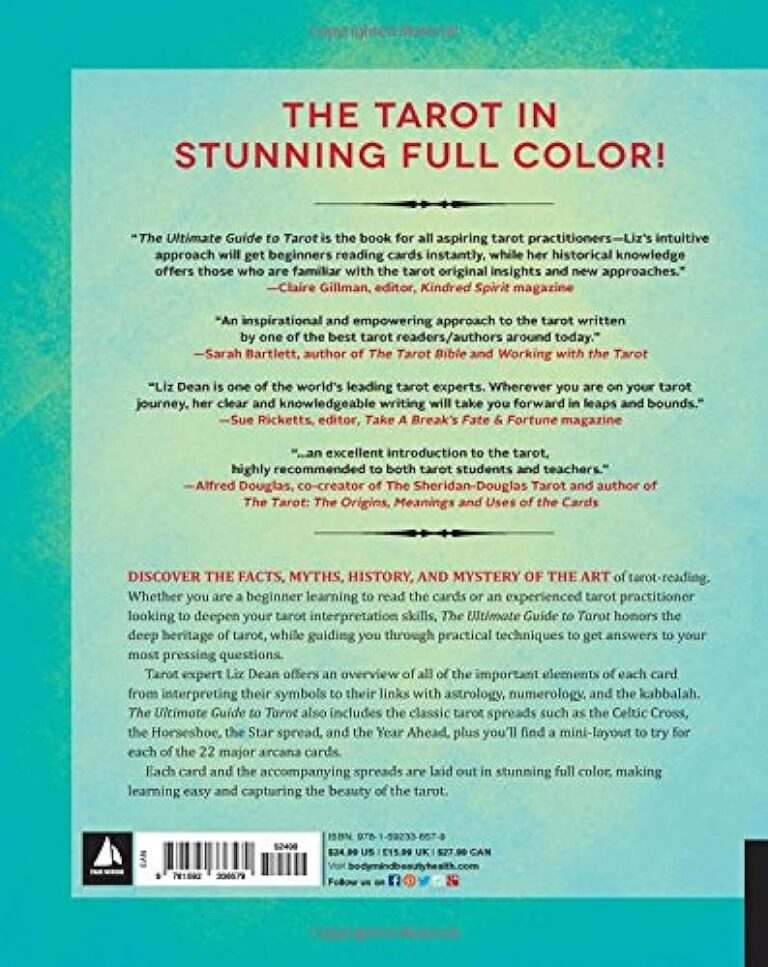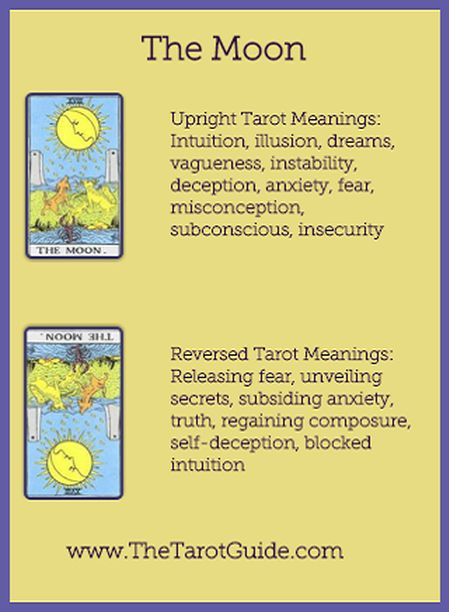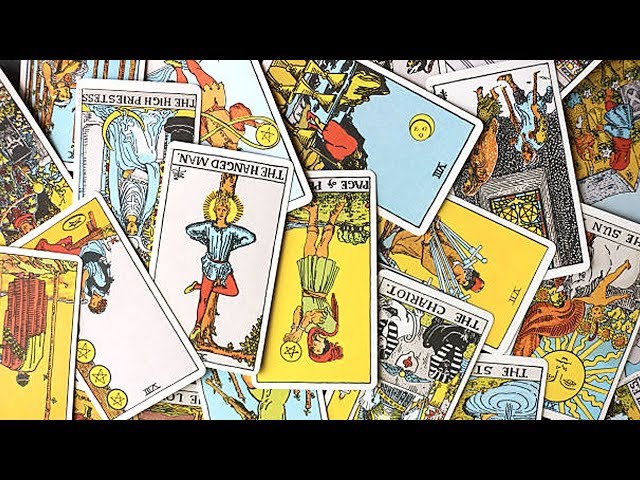Difference Between Tarot and Oracle Cards
Tarot and oracle cards are popular tools for self-reflection, divination, and spiritual growth. While they share similarities, their differences are significant. Understanding these distinctions helps you choose the right deck for your needs, whether you seek structure and tradition or a more intuitive and personalized approach.
Structure and System
The primary difference between tarot and oracle cards lies in their structure. Tarot cards follow a defined system of 78 cards, divided into the Major Arcana and Minor Arcana. The Major Arcana features 22 cards representing universal themes and life lessons, while the Minor Arcana, consisting of 56 cards, delves into daily experiences, emotions, and challenges.
Oracle cards, by contrast, have no set structure or rules. Decks can contain as few as 20 or more than 100 cards, with themes ranging from angelic guidance to nature, affirmations, or abstract concepts. Each oracle deck is designed uniquely, often reflecting the creator’s personal vision, which allows for greater flexibility and creativity.
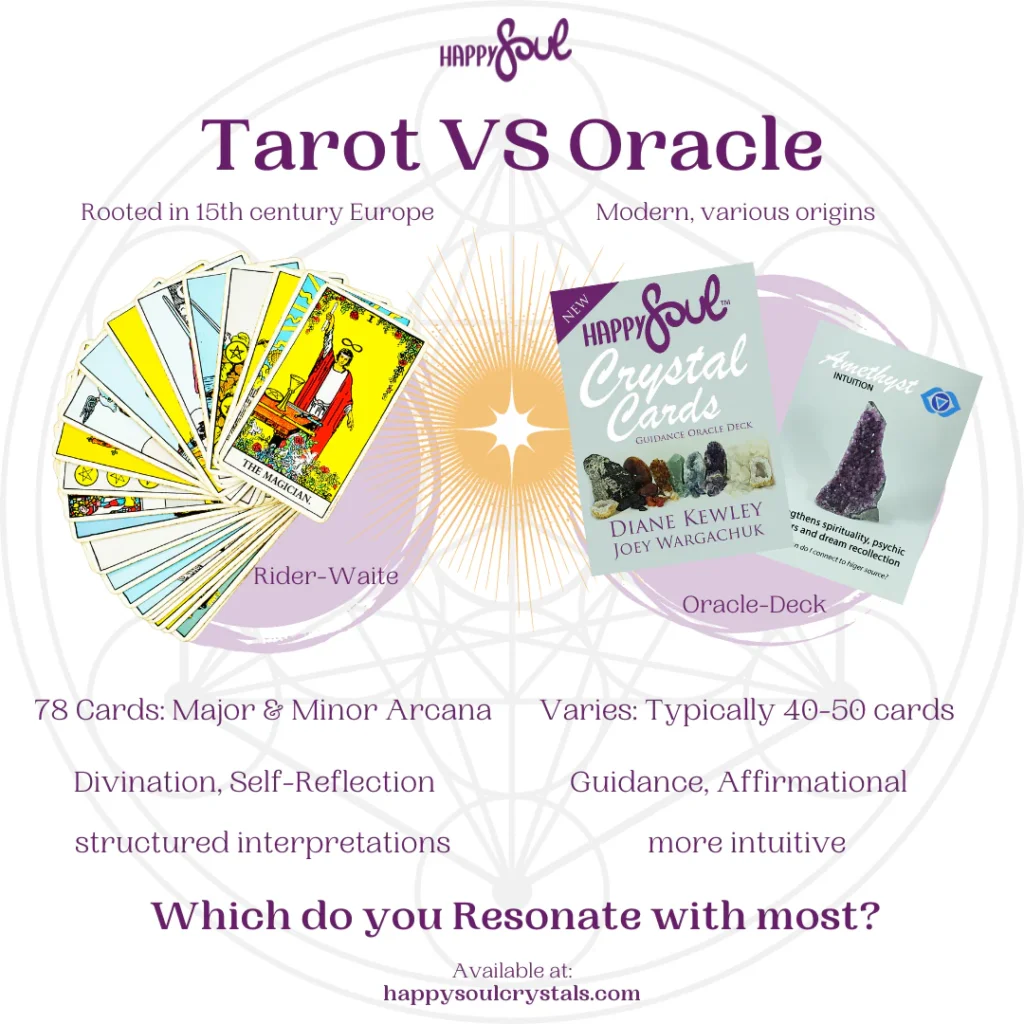
Symbolism and Meaning
Tarot cards are deeply rooted in tradition, with symbolic imagery tied to esoteric systems like astrology, numerology, and the Kabbalah. Each card holds specific meanings, often interpreted based on its position in a spread and relationship to other cards. This symbolic depth makes tarot ideal for detailed exploration and introspection.
Oracle cards, on the other hand, are more accessible and intuitive. Their meanings are typically simpler, with images, phrases, or affirmations that prompt reflection. The interpretation of oracle cards often relies more on personal intuition than on established symbolism, making them a beginner-friendly choice.
Intention and Purpose

- Tarot Cards:
Tarot is often used for deep, analytical readings. The structured spreads and archetypal symbols provide clarity and guidance on complex life questions. Tarot excels at uncovering subconscious patterns and examining past, present, and potential future outcomes in detail. - Oracle Cards:
Oracle cards are better suited for quick, inspirational insights or broad guidance. They are often used to encourage self-reflection, motivation, and daily affirmations. Their flexibility allows readers to approach them with open-ended questions or use them in meditative practices.
Energetic and Historical Differences
Tarot carries a rich historical lineage, dating back to the 15th century. Its structured nature resonates with ancient wisdom and archetypes that reflect universal human experiences. This traditional energy makes tarot a powerful tool for those seeking depth and connection to spiritual archetypes.

Oracle cards are more contemporary, often tailored to modern spiritual themes and lifestyles. They feel lighter and more versatile, allowing readers to adapt them to personal interpretations and specific situations.
Using Tarot and Oracle Cards Together
While tarot and oracle cards have distinct differences, they can complement each other effectively. For example:
- Layered Insights:
Begin with a tarot reading for detailed analysis, then draw an oracle card to provide overarching guidance or an affirmation related to the reading. - Combined Spreads:
Incorporate both decks into a single spread. Tarot cards can address the specifics of a situation, while oracle cards highlight broader themes or emotions. - Intuitive Practices:
Use oracle cards to set an intention or mood before diving into a tarot session. This method helps align the reading with a specific focus or energy.
Choosing the Right Deck for You

Your choice between tarot and oracle cards depends on your goals and preferences. If you value structure, depth, and tradition, tarot may be the better fit. Its detailed symbolism appeals to those seeking intricate guidance and insights.
If you prefer flexibility, creativity, and intuitive simplicity, oracle cards offer a more relaxed experience. They are ideal for beginners, personal affirmations, and quick guidance.
Some people choose to work with both, leveraging the strengths of each type of deck depending on their needs. There is no right or wrong choice—only what resonates with you.
Conclusion
Both tarot and oracle cards serve as powerful tools for self-discovery, spiritual growth, and guidance. While tarot offers structure, deep symbolism, and analytical insights, oracle cards provide flexibility, inspiration, and intuitive messages. Choosing between the two depends on your preferences and the type of guidance you seek.
For those who enjoy tradition and a systemized approach, tarot may resonate more. If you prefer simplicity and creative freedom, oracle cards might be your go-to. Many find that combining both decks creates a balanced and enriched reading experience, offering the best of both worlds. Ultimately, the journey with these tools is deeply personal—trust your intuition to guide you.
